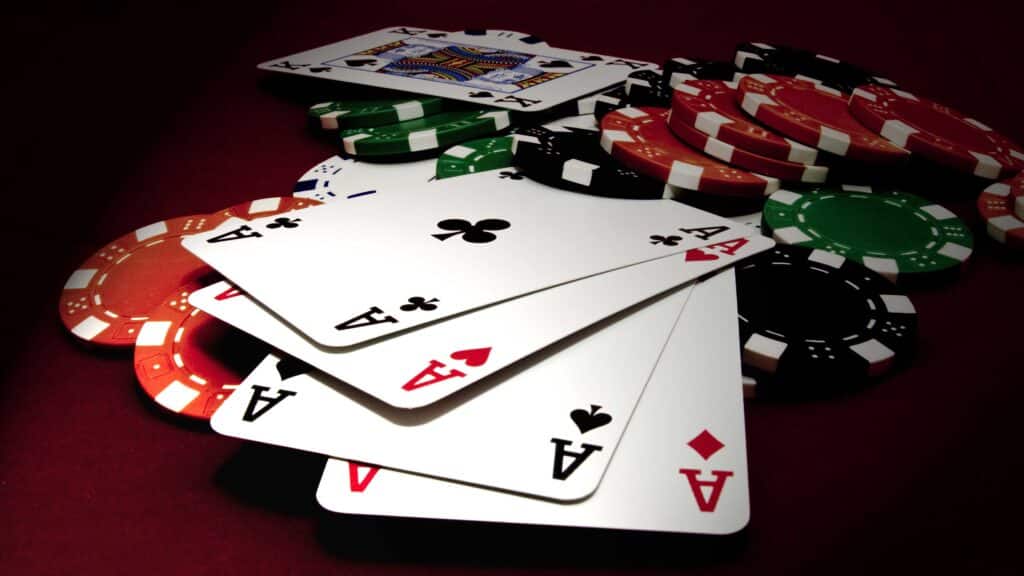Blackjack is one of the most popular and exciting card games in casinos around the world. Known for its blend of skill, strategy, and luck, the game offers players an opportunity to use their knowledge to tilt the odds in their favor. One of the most crucial aspects of successful blackjack play is optimizing bet sizing. In this detailed guide, we’ll explore how to adjust your bet sizes in blackjack for maximum profitability, provide strategies for both beginners and advanced players, and share practical tips to make your gameplay more effective.
Understanding the Importance of Bet Sizing in Blackjack
While blackjack may seem simple on the surface, betting correctly is an art form that requires understanding the game's odds, the value of your hand, and how to adjust your wagers accordingly. Bet sizing is important because it directly impacts the amount you can win or lose during a session. If you’re not adjusting your bets based on the right factors, you may be missing out on opportunities to increase your winnings or minimize losses.
The goal of blackjack is to get as close to 21 as possible without going over. You’re competing against the dealer, not other players, and optimal bet sizing can improve your chances of winning in the long run. A well-optimized bet-sizing strategy allows you to capitalize on favorable situations and protect your bankroll when the odds aren’t in your favor.
Basic Principles of Bet Sizing
Before we dive into the specifics of optimizing bet sizing, it’s important to grasp the basic principles behind blackjack wagers:
- Flat Betting: This is a consistent bet size for every hand. While simple, flat betting does not adjust for the dealer's hand or the composition of the deck, and it’s generally not the most effective strategy.
- Progressive Betting: Progressive betting involves increasing or decreasing your bet size based on wins or losses. While this can help you capitalize on hot streaks, it can also quickly deplete your bankroll during a losing streak if you’re not careful.
- Proportional Betting: In this system, you wager a fixed percentage of your bankroll on each hand. This allows you to adjust your bets based on the amount of money in your account, reducing the risk of losing everything in one go.
- Card Counting: Card counting is an advanced technique that involves tracking the cards that have been dealt in order to adjust your bet size. This method is legal but frowned upon by casinos, and players should exercise caution if attempting this technique.
Factors to Consider When Optimizing Bet Sizes
1. The Composition of the Deck
In blackjack, the deck’s composition plays a significant role in determining the optimal bet size. As the game progresses and certain cards are revealed, the odds shift, affecting your chances of winning. When more high cards (10s, face cards, and aces) are still in the deck, your chances of getting a blackjack or winning with a high hand increase. This is the ideal time to increase your bets.
Conversely, if the deck is rich in low cards (2-6), the dealer is more likely to bust, which could prompt you to bet more conservatively. By recognizing these trends, you can adjust your wagers to take advantage of favorable situations.
2. The Dealer’s Upcard
The dealer’s upcard—the visible card—gives you vital information about their potential hand. If the dealer is showing a weak card, such as a 4, 5, or 6, it’s more likely they will bust, and this is an excellent opportunity to increase your bet size. On the other hand, if the dealer is showing a 10 or ace, the dealer has a higher probability of landing a strong hand, and you might want to bet more conservatively.
Optimizing your bet size based on the dealer’s upcard is an essential part of maximizing your chances of profit.
3. Your Hand Strength
Your own hand’s strength is another key factor in determining your bet size. For example, if you have a strong hand (17 or higher), you may want to increase your bet to capitalize on favorable situations. If you’re holding a weak hand (12 or lower), it’s better to bet more cautiously, as your chances of winning are diminished. However, a hand of 12-16 against a dealer’s strong card (e.g., a 10) may call for a more conservative bet.
4. The Table’s Betting Limits
Each blackjack table has a minimum and maximum bet limit. These limits determine the range of possible bet sizes that you can place. If you’re using a progressive betting strategy, the table limits may restrict how much you can increase your bets after a win or loss. Therefore, always check the table’s betting limits before starting a session to avoid any unpleasant surprises.
Strategies for Optimizing Bet Sizing in Blackjack
1. The Martingale Strategy
The Martingale betting strategy is a popular progressive betting system, though it should be used cautiously. With Martingale, you double your bet after every loss. The idea is that eventually, you’ll win, and your win will recover all of your previous losses. However, this strategy is risky, as it assumes you have an unlimited bankroll and that you don’t hit the table’s maximum bet limit before recovering your losses.
Example: If you start with a $10 bet and lose, your next bet would be $20. If you lose again, your next bet would be $40, and so on. After a win, you reset to your initial bet.
2. The Paroli System
The Paroli system is a reverse progressive strategy where you increase your bet after a win rather than a loss. This strategy capitalizes on winning streaks. With Paroli, the goal is to ride a hot streak and lock in profits without risking too much on losing hands.
Example: If you bet $10 and win, you increase your next bet to $20. If you win again, you increase it to $40. If you lose, you return to the original $10 bet.
3. The Card Counting Strategy
Card counting is one of the most effective ways to optimize bet sizing in blackjack, and it’s legal (though frowned upon by casinos). Card counting works by tracking the cards dealt to determine the remaining composition of the deck. When the deck is rich in high cards, players should increase their bets. When the deck is rich in low cards, players should decrease their bets.
While learning to count cards can take time, it’s one of the most advanced and profitable techniques in blackjack. For beginners, it’s advisable to start by learning the basics of card counting, such as the Hi-Lo strategy, before progressing to more complex systems.
4. The Fibonacci Betting System
The Fibonacci system is another progressive betting strategy based on the famous Fibonacci sequence. In this system, each bet is the sum of the two previous bets in the sequence. The idea is that after a loss, you’ll gradually increase your bet to recover previous losses while still limiting the amount you risk on each hand.
Example: If you start with a $10 bet, your next bet would be $10 again, followed by $20, $30, $50, and so on, depending on wins or losses.
5. Proportional Betting
Proportional betting involves wagering a fixed percentage of your bankroll on each hand. This method reduces the risk of losing large amounts of money while still allowing you to take advantage of favorable situations. Many professional players recommend betting 1-2% of your bankroll per hand.
Example: If your bankroll is $1,000, and you bet 2% of it on each hand, your standard bet would be $20. If your bankroll increases to $1,200, your bet size would increase to $24, and so on.
Fun Facts About Bet Sizing in Blackjack
- The Myth of Betting Patterns: Some players believe that there’s a “winning streak” or “losing streak” when it comes to blackjack. In reality, the outcome of each hand is independent, and there is no pattern that can predict the next result.
- Casino Countermeasures: Casinos are well aware of betting systems like Martingale and card counting. Many casinos have surveillance teams that monitor for patterns and will ask suspected card counters to leave.
- The Role of Bankroll Management: Successful blackjack players always prioritize bankroll management. Bet sizing isn’t just about choosing the right amount for each hand—it’s about preserving your bankroll and ensuring that you can weather both the highs and lows of the game.
Conclusion: Mastering Bet Sizing for Optimal Blackjack Play
Optimizing bet sizing in blackjack is an essential skill for both new and experienced players. By adjusting your bets based on factors such as the deck’s composition, the dealer’s upcard, your hand strength, and the betting limits at the table, you can increase your chances of winning and make more strategic decisions. Whether you prefer progressive betting systems like Martingale or Paroli, or you’re looking to take advantage of advanced techniques like card counting, understanding how to optimize your bet sizes will help you become a more skilled and profitable blackjack player.
Remember that blackjack is ultimately a game of skill and strategy, and while there’s no way to guarantee a win, using bet sizing strategies can significantly tilt the odds in your favor. By practicing and refining your betting techniques, you’ll be well on your way to becoming a more confident and successful blackjack player.



